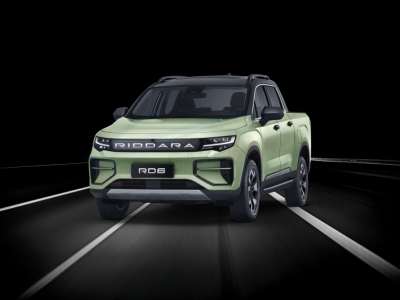The Government of Pakistan has introduced a new Statutory Regulatory Order, SRO 1152(I)/2025, effective from July 1, 2025, significantly reducing regulatory duties (RD) and additional customs duties (ACD) on a broad spectrum of imported vehicles. The initiative, set to run through June 30, 2026, aims to ease financial pressure on importers and buyers, and encourage a balance between curbing luxury imports and supporting domestic assembly.
What’s Changing?
1. Regulatory Duty Reductions
- SUVs & 4×4 Vehicles (1801–3000 cc): RD cut sharply from 90% to 50%, resulting into substantial savings on luxury SUVs such as Toyota Prado and Land Cruiser.
- Cars under 1800 cc (including hybrids): RD reduced from 15% to 10%, easing the burden on compact and mid-size vehicles.
2. Additional Customs Duty (ACD) Modest Cut
A uncertain but significant reduction through all imported vehicles, with the ACD pull down from 7% to 6%.
How It Impacts Different Vehicle Segments
- Non-hybrid cars (1,300–1,800 cc): Total import duties have dropped by approximately 4–5%, providing some relief to midsize car buyers.
- Luxury SUVs (1,801–3,000 cc and above): These vehicles see the most dramatic decrease—about 15–16% off duty incidence—reducing costs significantly from their previously steep tax burden.
- Hybrids (1,801 cc+): A modest reduction of 1–3% in duty incidence, signaling cautious support for greener motoring.
- Electric vehicles (EVs): While duties for EVs remain largely unchanged, ACD reductions still provide a small boost for this emerging category.
Broader Economic Goals
Through Finance Minister Mohsin’s Budget 2025–26, Pakistan is attempting to implement a graduated easing of import duties while preserving tax revenues. These cuts complement broader policy goals like:
- Limiting the influx of luxury vehicle imports as a strategy to reduce the country’s trade deficit.
- Boosting local assembly by offering lower CKD/SKD kit duties (still at 5%) for locally built vehicles.
- Encouraging cleaner mobility by providing even slight advantages to hybrids and EVs.
Analysts believe these reforms could help rein in the smuggling of high-end vehicles and incentivize lawful import routes.
Who Stands to Gain?
- Consumers: Benefit from lower on-road prices—especially for midsize and luxury SUVs—thanks to reduced RD and ACD.
- Dealerships & Importers: Can plan for improved margins and refreshed inventory strategies.
- Local assemblers: Gain a competitive edge with stable duties on CKD/SKD kits, possibly fueling domestic production growth.
However, critics caution this move could dent government revenue and undermine protection for local manufacturers. Policymakers appear to be managing a delicate gamble—balancing revenue needs, consumer demand, currency pressures, and environmental commitments.
In Summary
Pakistan’s latest SRO brings about a notable restructuring of automotive import duties. With significant cuts—especially on luxury SUVs—and marginal relief across other segments, the policy reflects a nuanced shift: reducing luxury import incentives, promoting domestic assembly, and slowly nudging towards eco-friendly imports, all while keeping revenue streams intact. As the auto sector adjusts, industry stakeholders—buyers, importers, and assemblers—should closely monitor its unfolding impact.



